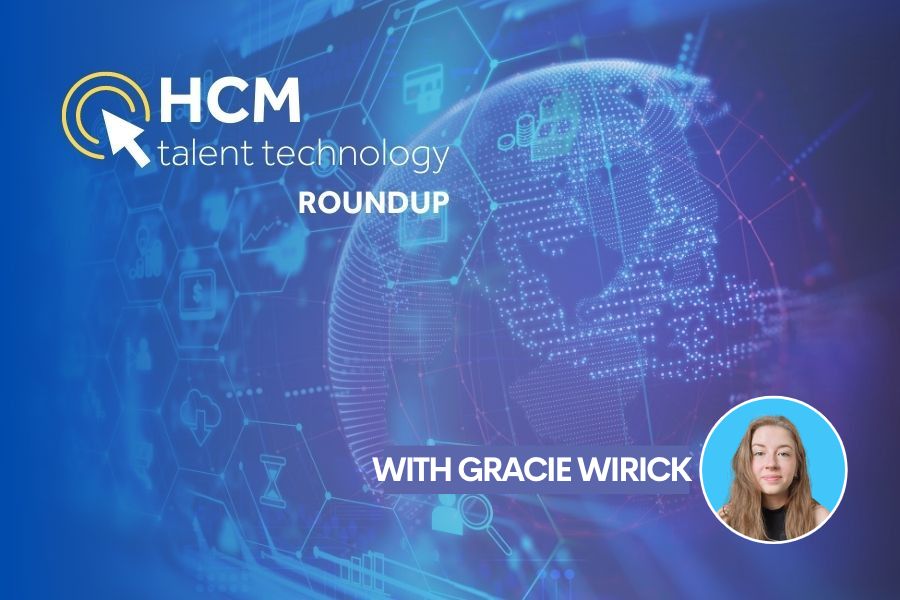Hiring in 2023 was characterized by an unprecedented integration of and reliance on AI technologies. While strong overall, the job market continued to experience shifts post-pandemic business with lower labor force participation contributing to labor and skills shortages. But that’s all from the high level. Here’s a deeper dive into the highlights of 2023.
The Year of AI and Automation
AI and automation were what everyone wanted to talk about this year. And while people were talking, advanced technology became an indispensable partner of talent acquisition professionals. Posting job openings? Let’s automate it. Resume screening, candidate outreach, interview scheduling, assessment, tracking, onboarding – AI and automation became a part of almost every aspect of hiring.
In fact, according to EEOC Chair Charlotte Burrows, “As many as 83% of employers and up to 99% of Fortune 500 companies now use some form of automated tool to screen or rank candidates for hire.” As a result, state and federal authorities had to grapple with how to regulate AI use in hiring and guard against algorithmic bias.
At the same time, candidates began leveraging AI for their job search by using ChatGPT and other generative AI tools. They used AI to create or optimize resumes and cover letters, identify job postings and cut down on time spent on applications. That’s a trend which caused disdain on the part of recruiters, but that doesn’t mean it’s going away.
Labor And Skills Shortages
Employers faced significant challenges in the form of labor and skills shortages. Data from the U.S. Chamber of Commerce found that there are only 6.5 million unemployed workers available to fill 9.5 million job openings. In addition, December’s labor force participation rate stood at 62.8%, down from 63.3% in February 2020 and 67.2% in January 2001.
More than three-quarters of employers, 77%, reported difficultly in filling roles this year, according to ManpowerGroup. That’s surprising after the mass layoffs we saw during the last 18 months.
Moreover, a skills gap loomed large on the horizon. In July, almost a quarter of U.S. employers reported having a skills gap, with another 42% expecting one to hit them within the next two years, reported Salary.com. Advancing technology was seen as the biggest contributor to the gap.
Into the Minds of Candidates
Against this backdrop, the expectations of job candidates have evolved, posing a new set of challenges for recruiters. In 2023, maintaining a positive candidate experience extended beyond the hiring process and into the workplace itself. Candidates expressed their need for all the usual suspects: flexibility, growth and development opportunities, diversity, positive company culture. However, they also wanted companies to be more social responsible, more transparent and more balanced in their approach to work and life.
Candidates expressed dissatisfaction with their hiring experiences this year, and pushed back against common talent acquisition practices. Poor communication, negative interview experiences, vague job descriptions and companies avoiding questions about pay led to a number of job seekers abandoning the hiring process, increasing pressure on those in management and HR who were (trying) to do the hiring.
Image: Wikimedia Commons
By Gracie Wirick
Gracie Wirick is a writer and editor at RecruitingDaily and the HCM Technology report. A Purdue graduate with degrees in Professional Writing and Communication. She is a lover of classics and literature with an unfortunate penchant for the Oxford comma.
Recruit Smarter
Weekly news and industry insights delivered straight to your inbox.





Discussion
Please log in to post comments.
Login